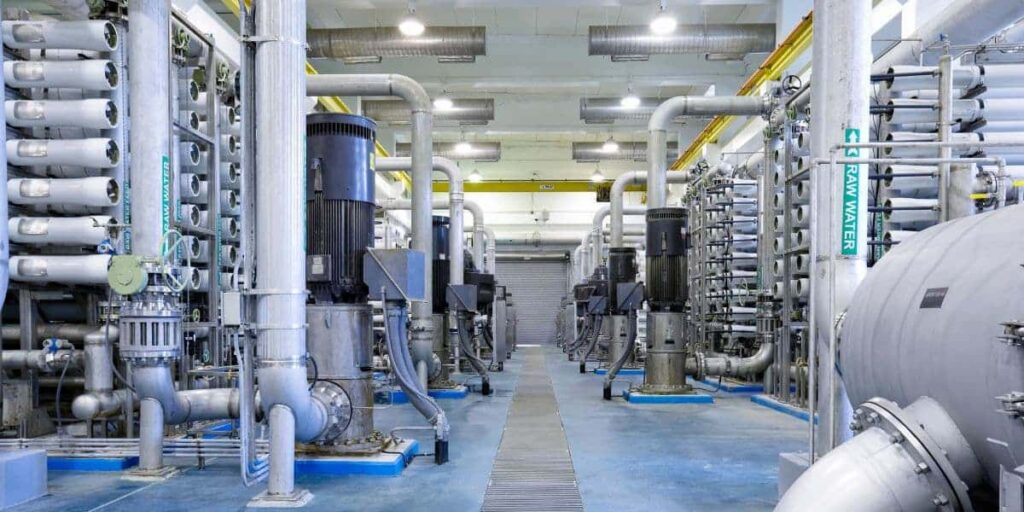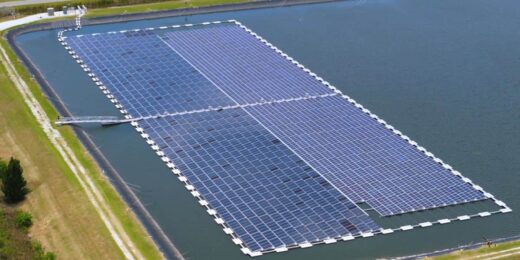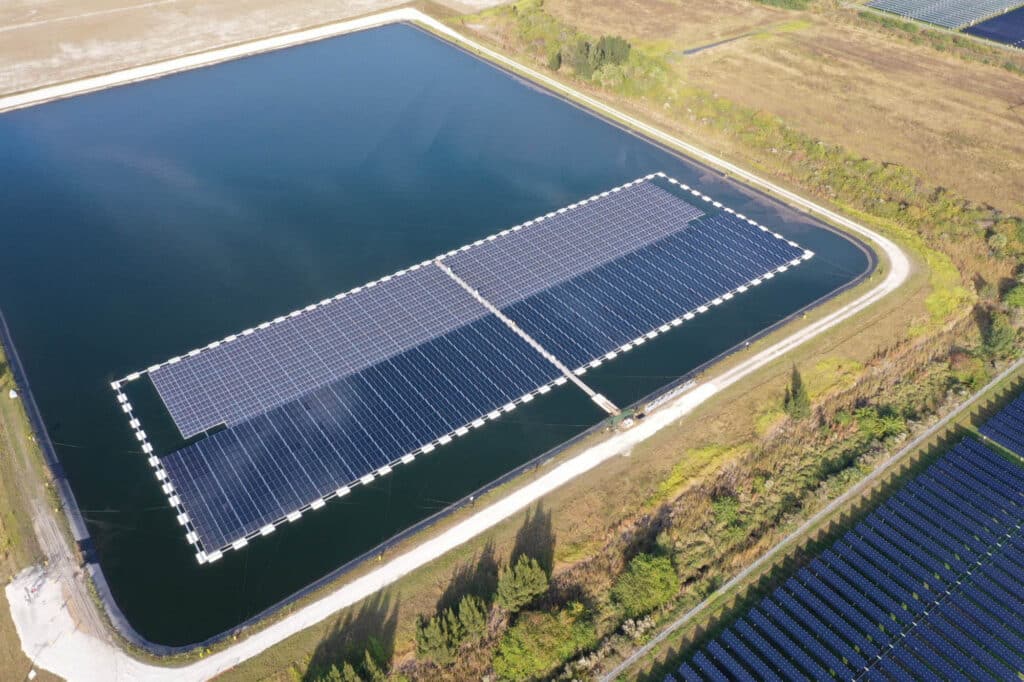Microplastics – those tiny plastic fragments – have become one of our most pressing environmental concerns. These widespread particles are everywhere, from infiltrating ecosystems and contaminating our water supplies to even finding their way into the human body. As more people become aware of this issue, the search for effective filtration methods to protect our health and the environment continues. But a crucial question remains for many: does reverse osmosis remove microplastics from drinking water?
Does Reverse Osmosis Remove Microplastics?
Reverse osmosis (RO) is widely recognized for its impressive water purification capabilities. The process involves forcing water through a sophisticated semipermeable membrane, which effectively filters out a wide range of contaminants, including dissolved salts, bacteria, and various chemicals.
When it comes to microplastics, the answer is a resounding yes: RO systems are remarkably effective. The reason is quite simple – most microplastics are significantly larger than the microscopic pores of the RO membrane. This crucial size difference means microplastics are physically blocked and prevented from passing through, making reverse osmosis a highly efficient method for removing microplastics from water.
Quality Matters for Effective Microplastic Removal
It’s important to understand that not all RO systems offer identical performance. The effectiveness of microplastic removal can vary considerably depending on the system’s quality and how well it’s maintained. For both individual users and large industries, investing in a high-performance RO unit and keeping up with proper maintenance is necessary for achieving cleaner water.
Regular membrane replacement and system monitoring help maintain peak performance. When systems are properly maintained, they can remove up to 99% of microplastics from water supplies.
Water Quality and Sustainable Energy Solutions
As concern over microplastics grows, the conversation must also extend to the technologies we rely on for clean energy. At AccuSolar, we recognize that water quality—including the presence of microplastics—can directly impact the long-term performance of floating solar installations. While reverse osmosis isn’t typically built into floating platforms, smart water management around these systems is vital for preserving equipment integrity and maintaining energy output.
Why Removing Microplastics from Water Matters for Solar Technology
Water quality significantly affects floating solar platform performance. Microplastics and other particles can reduce equipment efficiency and complicate long-term maintenance. That’s why upstream water treatment, particularly in controlled environments, is crucial for maintaining clean conditions around these installations. This proactive approach leads to fewer disruptions, more stable operations, and better support for surrounding aquatic ecosystems.
The Bottom Line on Microplastic Filtration
As microplastics continue to spread, we need more than just basic filters. Does reverse osmosis remove microplastics effectively? Absolutely. RO offers a powerful and reliable solution to tackle these invisible pollutants right at the source. Whether for your personal health, industrial needs, or broader sustainability goals, clean water is necessary for healthier systems all around.
The combination of proper filtration technology and sustainable energy solutions creates a comprehensive approach to environmental protection. Clean water and renewable energy work together to build a more sustainable future for everyone.
Curious how floating solar solutions can contribute to cleaner, more sustainable energy? Contact us to discover how we can help build a brighter future together.





